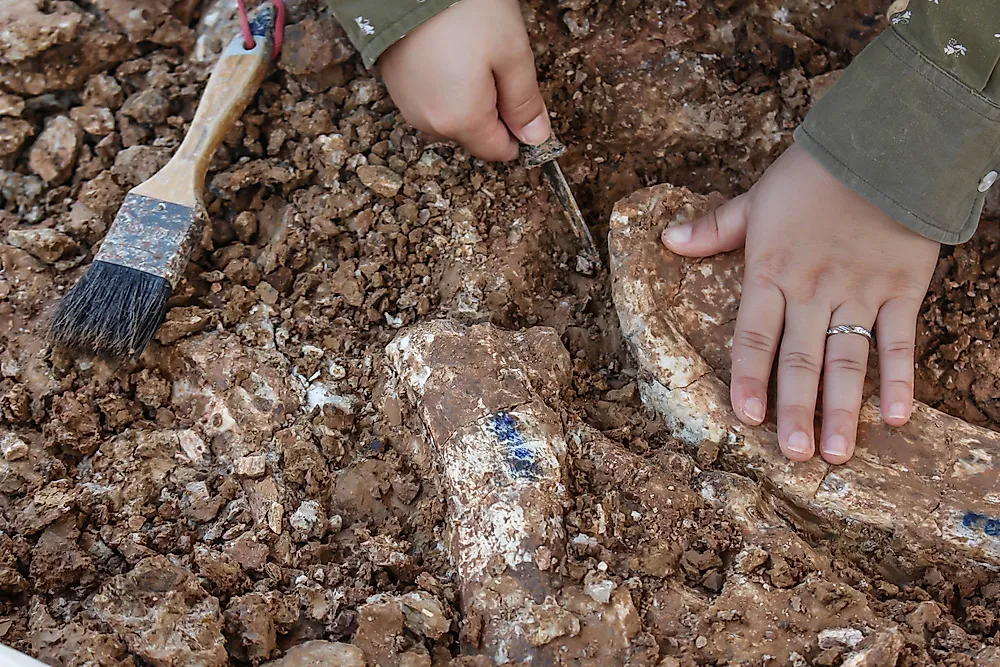What Does a Paleontologist Do?

Paleontology is the scientific study of the fossils of plants, animals, and microbes. A scientist who studies the history of life and different aspects of living organisms by use of fossil remains is called a paleontologist. There is information in each fossil that helps explain more about individual organisms and the environment they lived in.
Vertebrate Paleontology
Vertebrates are animals with backbones. Vertebrate paleontology, therefore, means the study of fossils belonging to animals with backbones. Vertebrate paleontologists have identified and brought together skeletons of the extinct dinosaur, the cats, turtles, and other animals so as to explain the way they lived and bring to book their evolutionary theory. Vertebrate paleontologists used fossil evidence to know that there was a group of flying reptiles called pterosaurs used their wings to fly. Skeletons regrouped by paleontologists showed this evidence. The skeletons had hollow and light bones like those of modern birds.
Invertebrate Paleontology
This category of science studies animals without backbones such as arthropods like the crabs, sponges, corals, worms, echinoderms, and mollusks. These animals lack bones, therefore, paleontologists look for exoskeletons and fossils of their shells. Invertebrate paleontologists can also track the paths of these invertebrates along the ocean floor. The study of these invertebrates is critical in that it helps scientists learn the type of habitats they occupied in the past. For instance, the 200 million-year-old insects found in deserts in Nevada, United States, suggest that water was once present in this area.
Paleobotany
A paleobotanist is a scientist who studies the fossils of plants. These experts study the fossils of ancient plants found on the surfaces of rocks. The study of ancient plants helps in understanding the diversity and evolution of plants. It also helps environmentalists in reconstructing ancient environments.
Micropaleontology
A micropaleontologist studies fossils of microscopic organisms such as pollen, algae, crustaceans, and protists. This scientist uses powerful electronic microscopes to examine these micro-organisms that cannot be visible by the naked eye.
Contribution Of Paleontologists
The history of use of fossils by human beings has evolved over the years. During the early days, people used fossils as decorations. Currently, fossils are an important tool used by paleontologists to study the history of ancient organisms. Paleontology has been boosted by the improved technology since most of this study requires powerful machines such as microscopes. Through the support of organizations like the National Geographic Society, use of simple and automated tools, paleontologists are sure to make further significant paleontological discoveries which will broaden our knowledge of the world in the past and the evolution of life on our planet.











